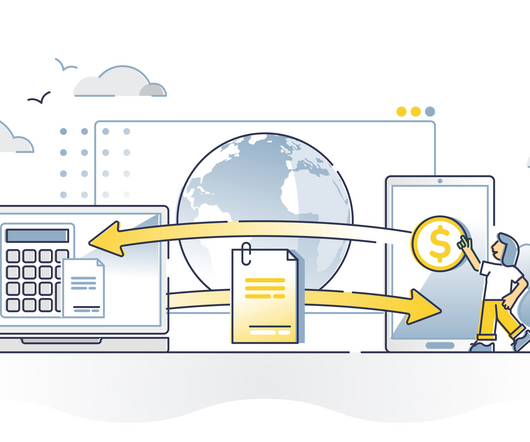ACH Payment vs Wire Transfer: What’s the Difference and Which Payment Method Should You Use?
Stax
JUNE 27, 2024
If you’ve been accepting and using electronic payments in your business, you’ve probably come across two of the most popular terms in the digital payments scene— automated clearing house (ACH) and wire transfer. While they’re both electronic modes of payment, they have stark contrasts when it comes to their processes.











Let's personalize your content